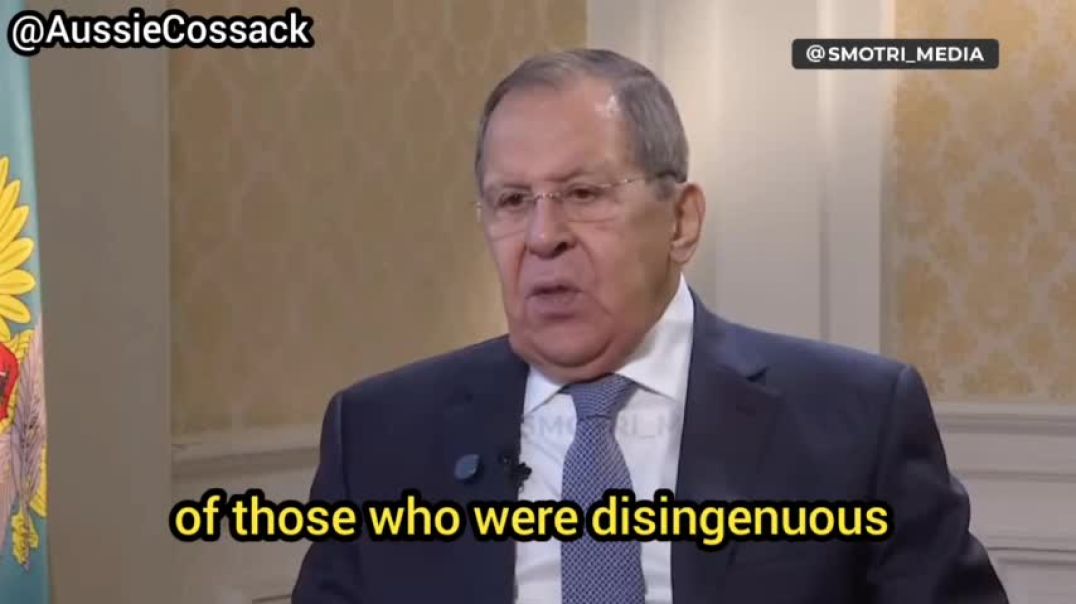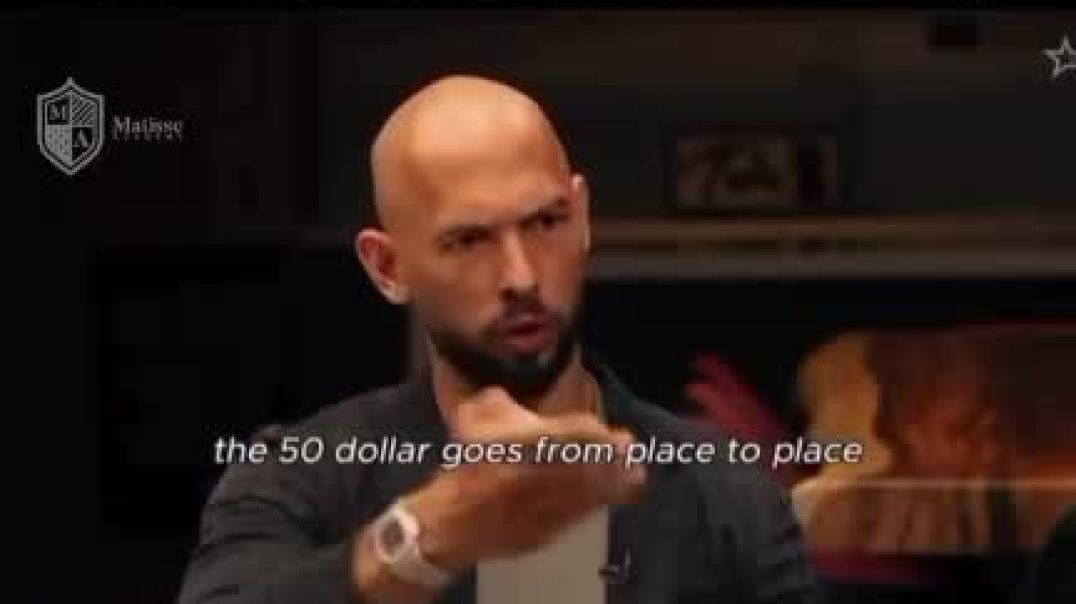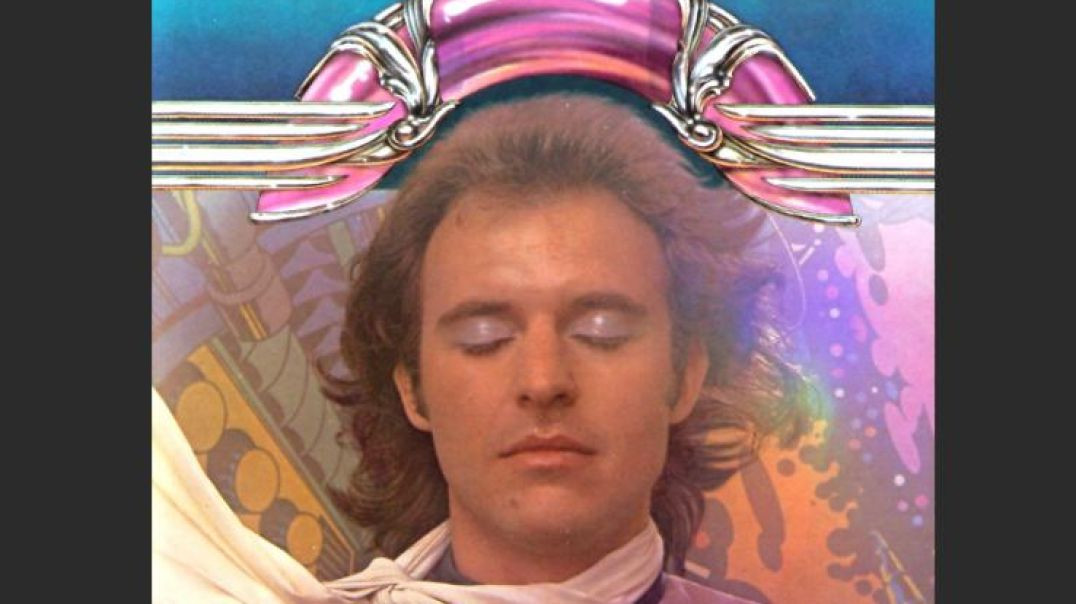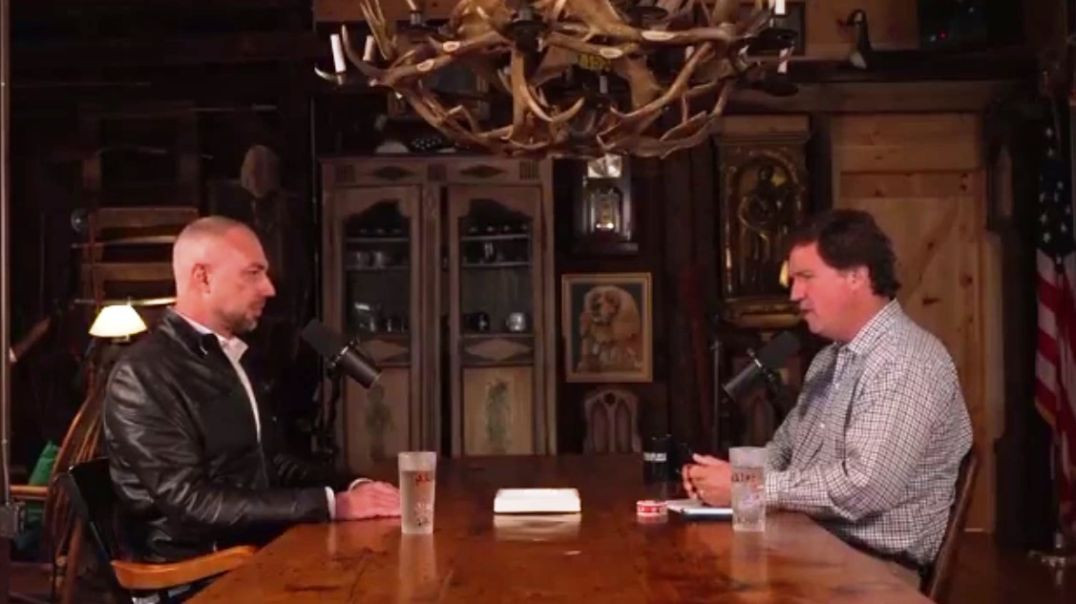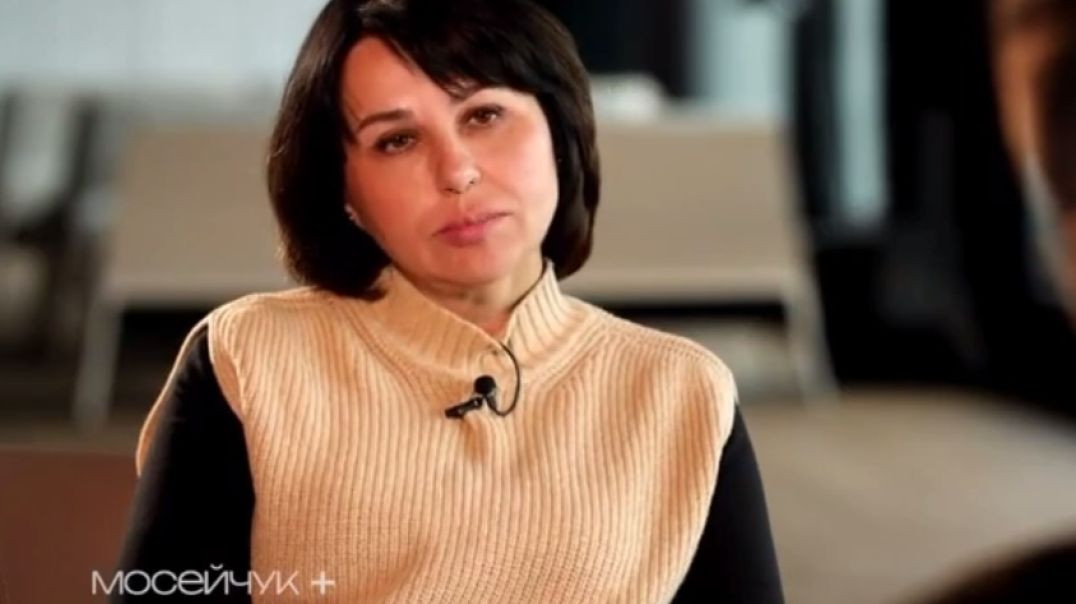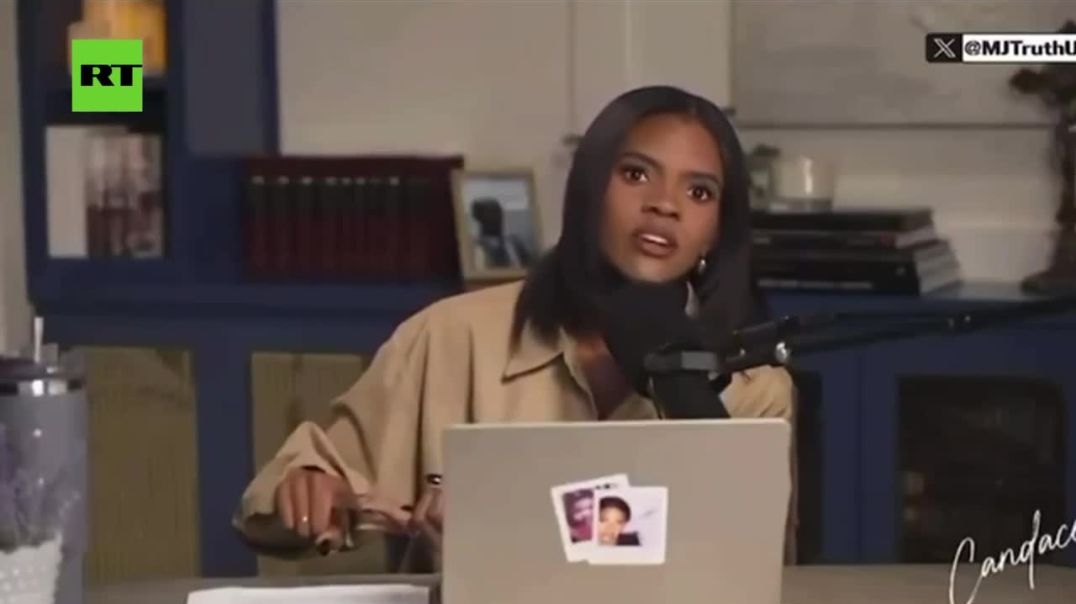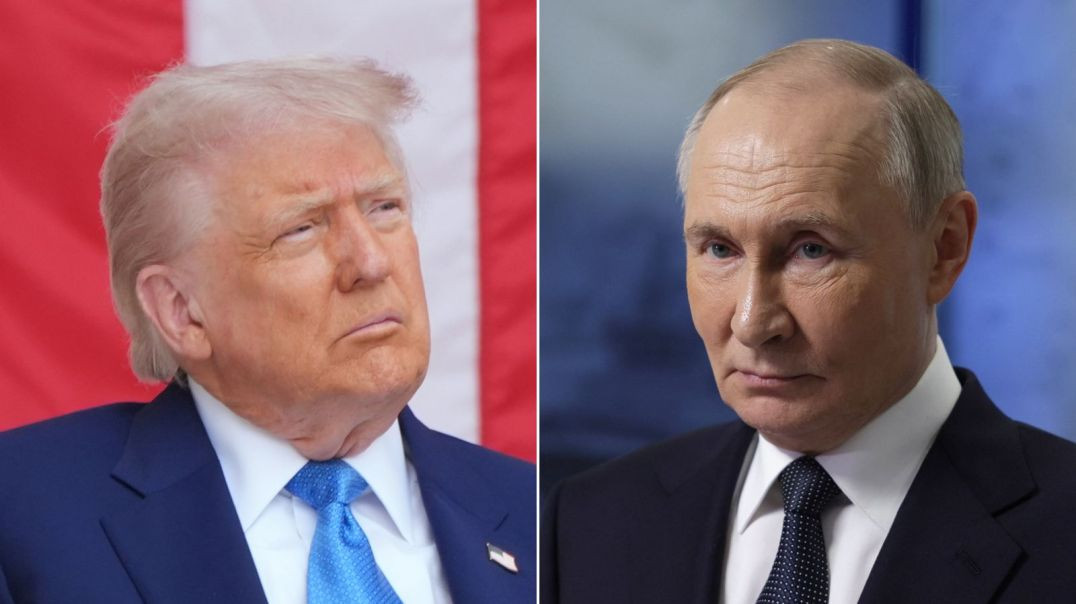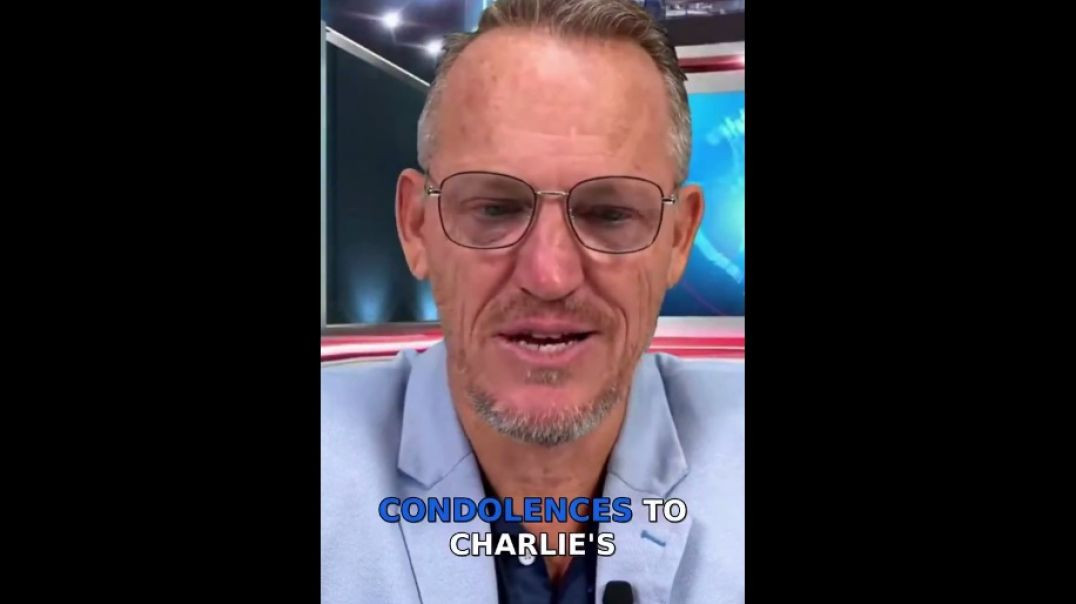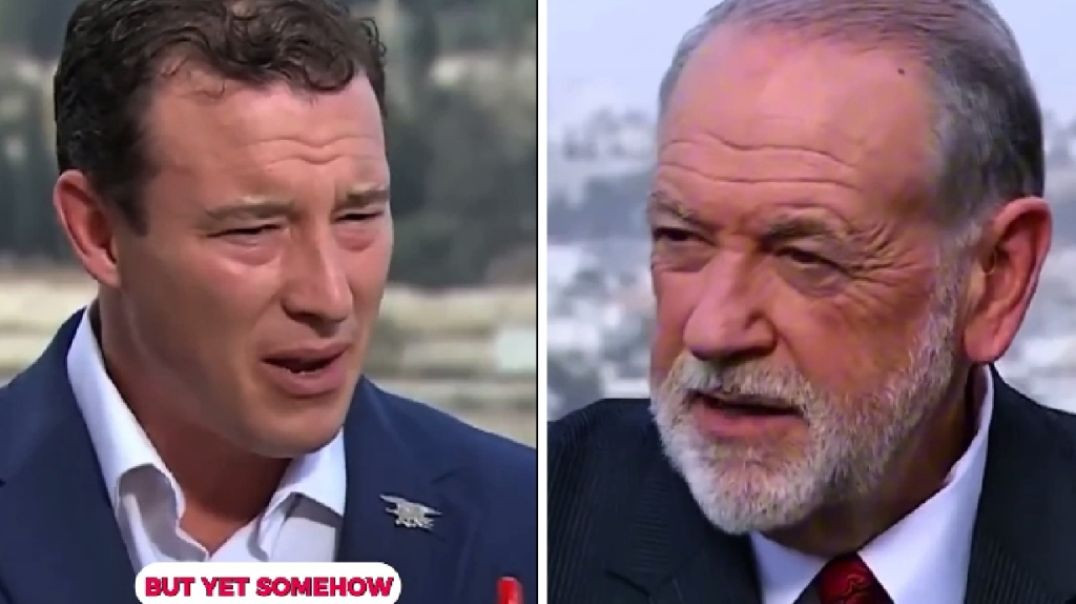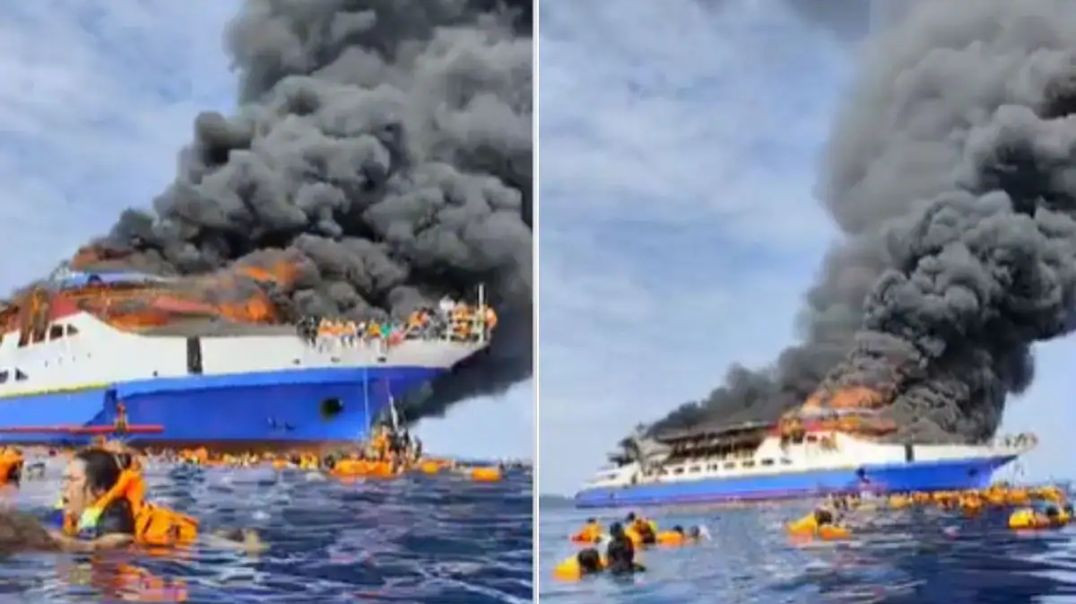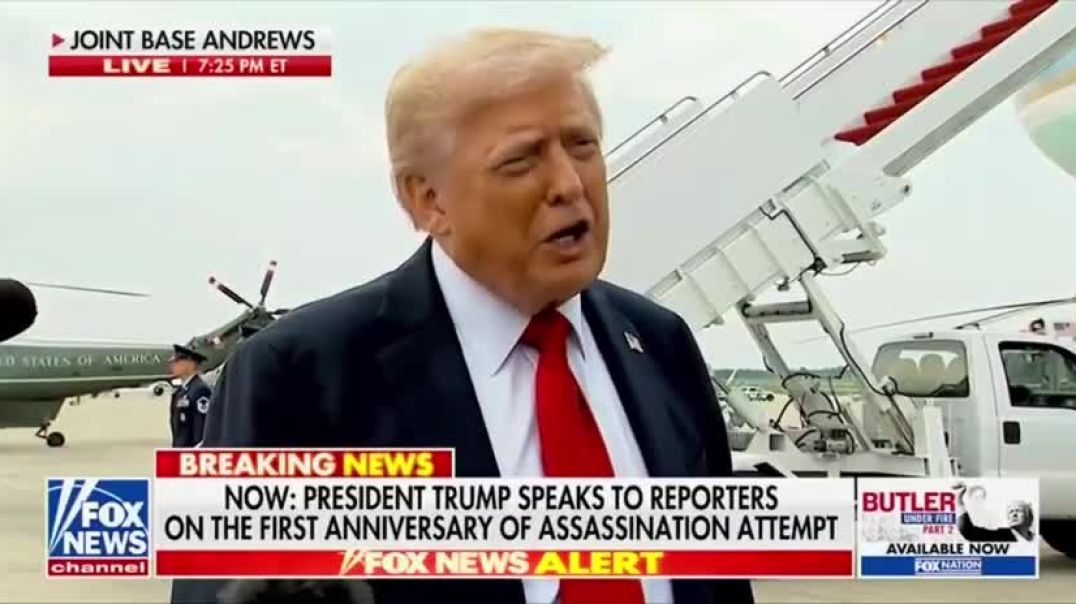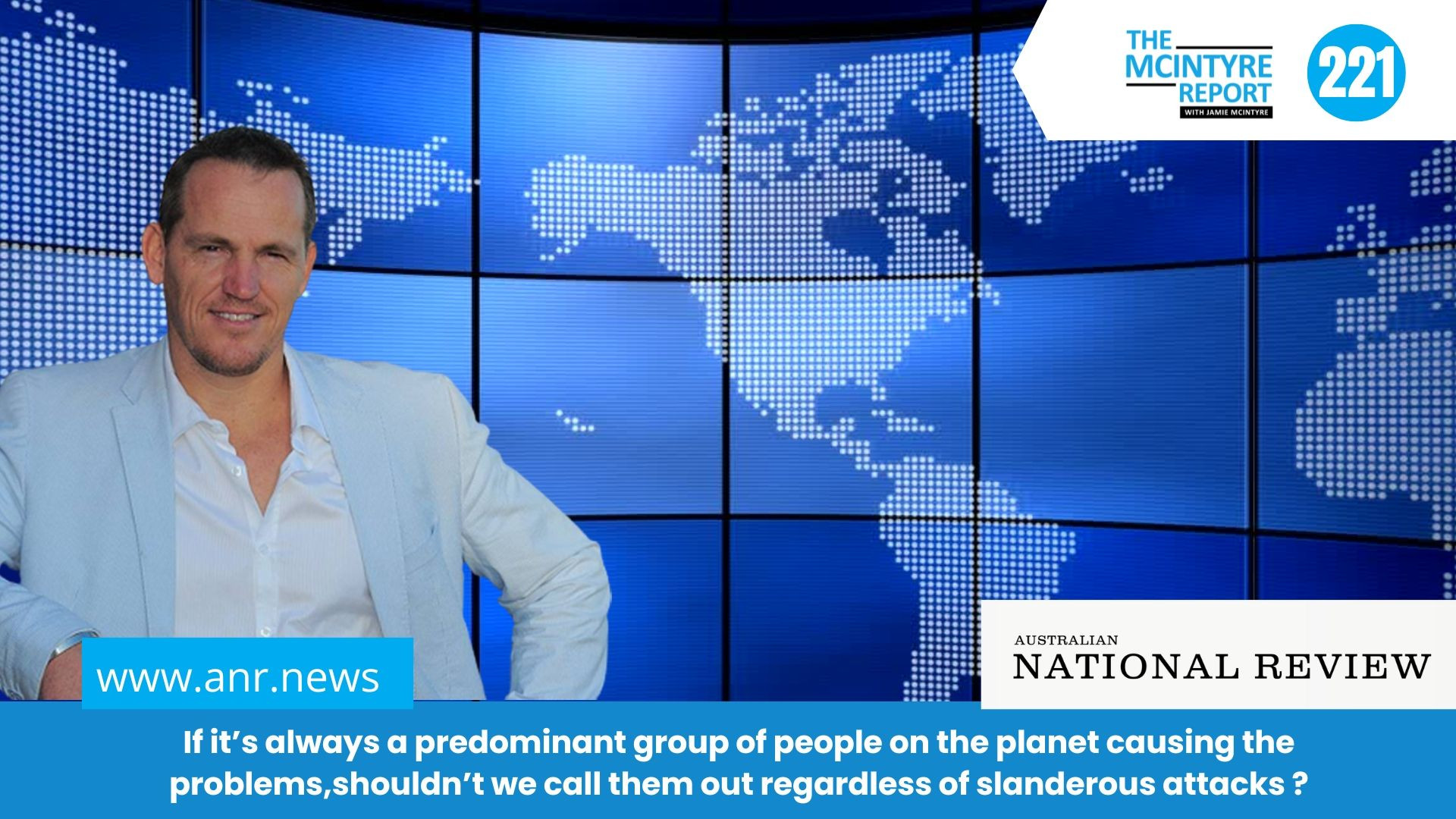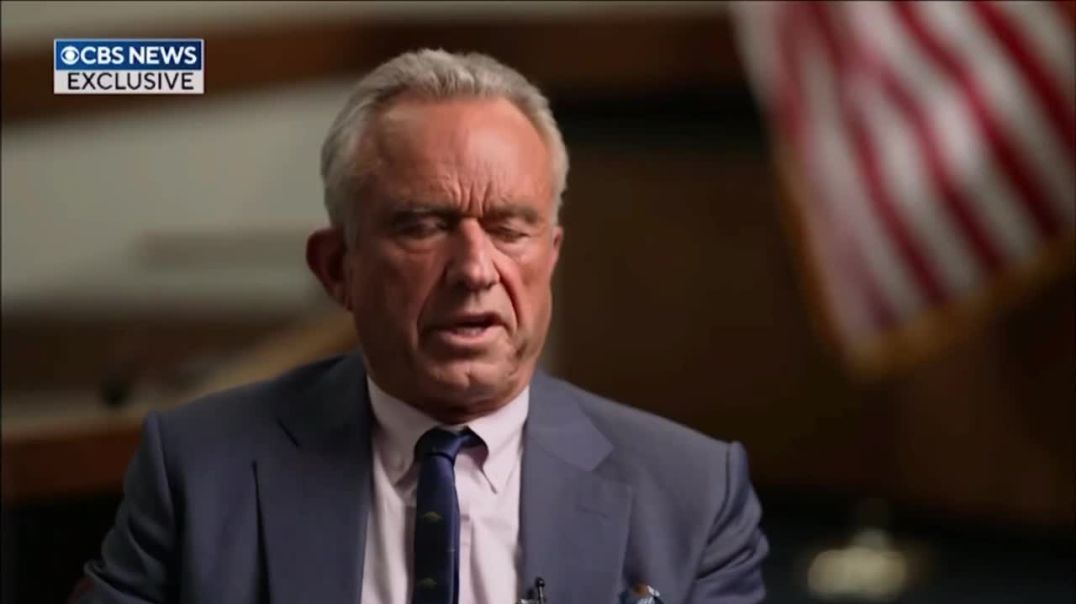Please donate now to help fund our work
The Last Dream: Other People’s War
John Pilger returned to his homeland with director Alan Lowery, a fellow Australian, to make a three-part documentary series, The Last Dream, screened at the time of the country’s bicentenary in 1988.
In Other People’s Wars, the last in the trilogy, he explores a history of Australians fighting colonial wars in foreign lands for the British Empire and the United States.
‘We Australians have a special relationship with war,’ says Pilger. ‘We fight mostly against people with whom we have no quarrel and who offer no threat of invasion. Australians fought in China during the Boxer Rebellion, in New Zealand against the Maoris, in South Africa against the Boers, in Europe against Germans, in Korea against Koreans, in Vietnam against Vietnamese.’
In the First World War, Australia, with a population of just five million, lost more of its young men, proportionally, than any other country except France. Anzac Day – the annual commemoration of the disastrous invasion of Gallipoli in 1915 – is promoted as if it is a national day. Ostensibly a celebration of ‘heroes’, it can seem a melancholy occasion used to justify the ties that bind Australia to the superpower across the Pacific.
The Japanese bombed northern Australia during the Second World War, but it never invaded. The United States never invaded, but it occupies Australian political life. When, in 1945, a Labor government sought a place for Australia among small, independent ‘new world’ countries, the US was quick to intervene. The government of Prime Minister Ben Chifley and Foreign Affairs Minister Herbert Vere Evatt was considered ‘unsafe’ and subjected to Cold War smears and an American-backed campaign to install the conservative Robert Menzies, an Anglophile and imperial figure.
During his long reign, Menzies, in high secret and without the permission of even his cabinet, allowed the British to test its nuclear weapons on Aboriginal land regardless of wind patterns that put Australian urban populations at risk. Australia was now fully integrated into the Cold War and its ‘small wars’.
Pilger dissects the myth that Australia was ‘dragged [into Vietnam] by the United States’. Menzies was not only willing, but offered troops, and 521 mostly conscripted young men died and more than 3,000 were wounded.
The most remarkable feature of Other People's Wars is near the end of the film. In 1972, with the election of Gough Whitlam's Labor government, ‘there was at long last the chance of independence’. wrote one observer. Whitlam was not anti-Washington, but he and his largely left-wing cabinet had no intention of allowing Australia to continue as America's servitor.
During his government’s first 100 days, Whitlam ended all military involvement in Vietnam, along with conscription. Those jailed for opposing the war were freed and pending prosecutions were stopped. Royal patronage was scrapped.
The US administration of President Richard Nixon feared for its secret bases in Australia, notably those at Pine Gap, Nurrungar and the North West Cape, when Whitlam made it clear that they were no longer sacrosanct and the treaty governing Pine Gap, due to expire in December 1975, might not be extended.
Whitlam also demanded to know the names of CIA agents working undercover in Australia, leading the agency’s chief of East Asia, Theodore Shackley, to describe the Prime Minister as a ‘security risk’ and threaten to end intelligence links with Australia.
There followed a ‘coup’ against Australia's democratically elected government in 1975. This is examined by Pilger and a team that includes distinguished investigative journalists William Pinwill and Brian Toohey and, in the United States, Joseph Trento.
Ostensibly, the Whitlam government was sacked by the Governor-General, Sir John Kerr, the British monarch’s representative in Australia, using archaic ‘reserve powers’, on the pretext of the Senate’s refusal to release budget resources. It was, says Pilger, a repeat of the CIA’s successful coup in Chile two years earlier against Salvador Allende.
The CIA's contacts with a senior Australian civil servant who had the ear of Kerr were vital. ‘Dozens of calls took place,’ says Trento, ‘[including] a recommendation to remove Whitlam from office... There was a call from the CIA to MI6 [in London], saying we have a security problem with the Prime Minister of Australia.’
The night before The Last Dream was broadcast, Pilger spoke to Whitlam on the phone. ‘We talked for several hours,’ he said. ‘He backed the film and said that this was the only time, to his knowledge, that there had been a comprehensive television investigation and he was grateful for it. Whitlam didn’t believe that his overthrow had been directly engineered by foreign intelligence agencies but felt that they had played a significant part. In the end, he blamed the Governor-General, whom he loathed personally.’
Following the broadcast of The Last Dream in Britain and on ABC Television, Whitlam repeated that he believed the CIA and MI6 had played a part. In his 1985 book, The Whitlam Government 1972-75, he revealed that in 1977 President Carter had sent an emissary to Australia who told him that ‘the US would never again interfere in the domestic political processes of Australia’.
https://www.australiannational....review.com/state-of-
